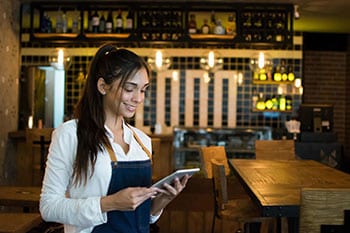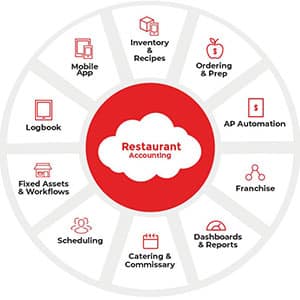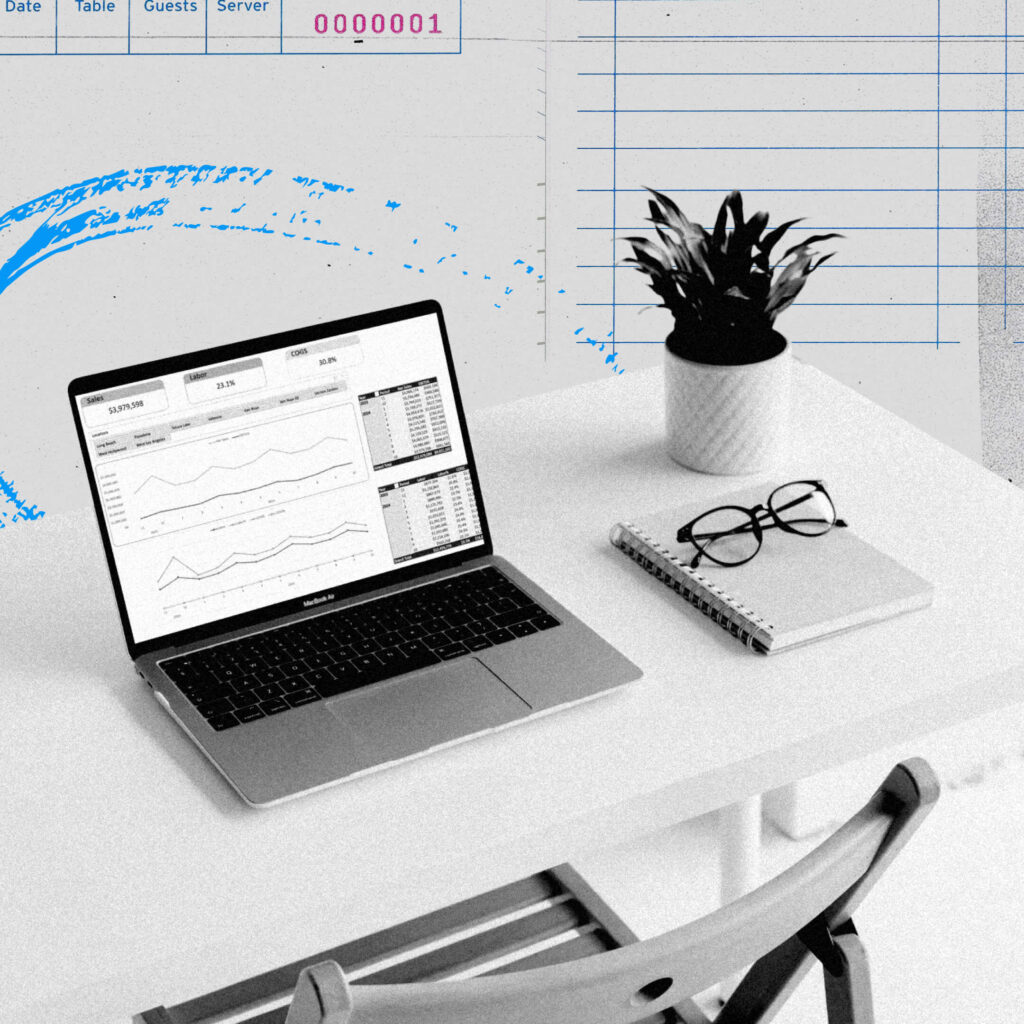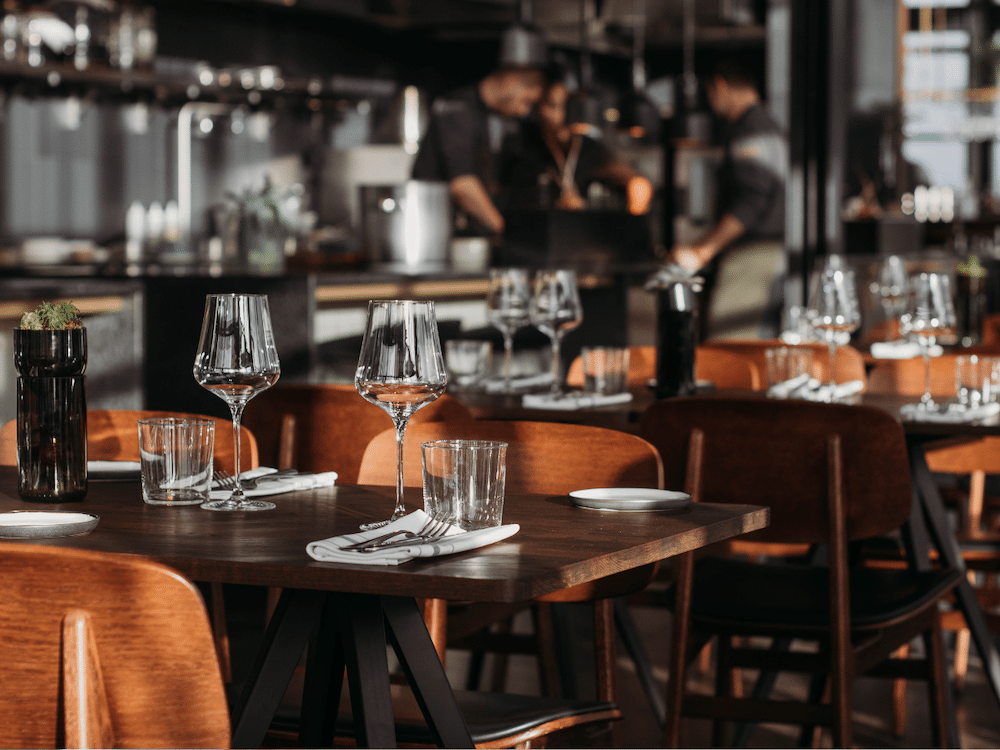As a restaurateur, you know that cost control and accurate forecasting are key to the success of your business, and to get there, it takes teamwork—particularly between operations and accounting. As restaurant groups grow beyond having an accountant or bookkeeper on premise, it’s easy for operations and accounting teams to start focusing on their own tasks and become less connected to one another. When there isn’t time to meet every day and team members are using different systems, it can feel like there’s a wall between the two teams, and a broken cycle of inaccurate data leading to inaccurate reporting that’s difficult to fix.
 With restaurant-specific systems that are integrated directly with the Point of Sale (POS) system, you can break down the wall by streamlining both data input and reporting, so that team members can more easily push in the same direction.
With restaurant-specific systems that are integrated directly with the Point of Sale (POS) system, you can break down the wall by streamlining both data input and reporting, so that team members can more easily push in the same direction.
The Problem Now
- SEPARATE SYSTEMS: When accounting and operations teams work with separate software systems or Excel sheets that don’t connect, they’re not seeing the same information at the same time, and communication becomes an added task that takes time and energy.
- MANUAL INVENTORY: When inventory is taken with pen and paper and then transferred to Excel, it’s a slow process and operators tend to make mistakes, which leaves accountants with inaccurate information. With false data to start, it’s nearly impossible for accountants to produce relevant reports and forecasting becomes challenging.
- CONSTANT UPDATES: With generic accounting systems, each restaurant in your group is a different business with a separate login, creating a constant need to toggle between accounts. Simple tasks like updating a vendor address are time consuming and mistakes are more likely.
- MISSING LABOR DATA: Most accounting systems don’t have a direct POS connection, so integrating labor metrics like early clock-ins, no shows and shift swaps is an added, time-consuming step. Not having timely access to such key controllable costs is a hinderance to seeing the big picture of a restaurant’s profitability.

- MANUAL REPORTS: When restaurants use restaurant accounting systems that don’t produce restaurant-specific reports, the process to produce the right reports is manual and slow, and leaves operators with a lack of information for timely and accurate decision making.
RESULT: When teams aren’t looking at the same information at the same time, they can’t be on the same page about how to run their business effectively. The wall between teams builds, and operators can start to see accountants as a cost center rather than a partner.
CHANGING THE GAME
Empowering teams with the right information at the right time is a game changer. By implementing a restaurant-specific system with a direct POS integration, teams have access to their inventory, receipts, labor metrics, sales and reporting all from one place and no longer have to pass information back and forth to one another. Especially when teams are on the go, having the right information at their fingertips via a cloud-based system allows them to streamline their communication and spend less time correcting errors—giving them more time to work toward big picture goals.
Improving Teamwork Using Systems Built for Restaurants
- CENTRALIZED INFORMATION: A restaurant-specific system allows operators and accountants to log into the same system, creating transparency between teams and saving time by eliminating the need to email questions and reports back and forth.
- DIGITAL INVENTORY: If operators can enter inventory directly into a software system with an iPad, rather than transferred from pen and paper, timing and accuracy improves. Given more accurate input, accountants can spend time analyzing rather than cleaning up errors.
- EASY UPDATES: When data is centralized within one system, accountants enter business-wide changes once, saving time on manual entry and making sure operators have up-to-date vendor information.
- DIRECT CONNECTION: When labor data flows directly into accounting systems from the POS, operators and accountants can see costs in real time. Operators and store managers can then make adjustments to schedules and overtime quickly to hit budgeted numbers.
- AUTOMATED REPORTS: When reporting is automated via a restaurant-specific system, accountants save time and operators can easily dig into their data in real time—any invoice is just a few clicks away.
RESULT: When they have shared access to the right information at the right time, the wall between operations and accounting breaks down—allowing teams the time and accurate data to maximize the bottom line.

As a restaurant owner, you can help your teams save time, minimize errors and better work together by discovering and implementing the systems that will help them get on the same page. One of these systems is Restaurant365—an accounting and back office platform created specifically for the restaurant industry.
Restaurant365 is a fully integrated, restaurant-specific solution for accounting – including AP automation — plus inventory, scheduling and more. The cloud-based platform connects to your Point-of-Sale system, as well as to your food and beverage vendors, payroll vendor and your bank for automated bank reconciliation.
If you’d like to streamline your accounting and operations, while facilitating collaboration across your organization, schedule a demo of Restaurant365.
# # #



